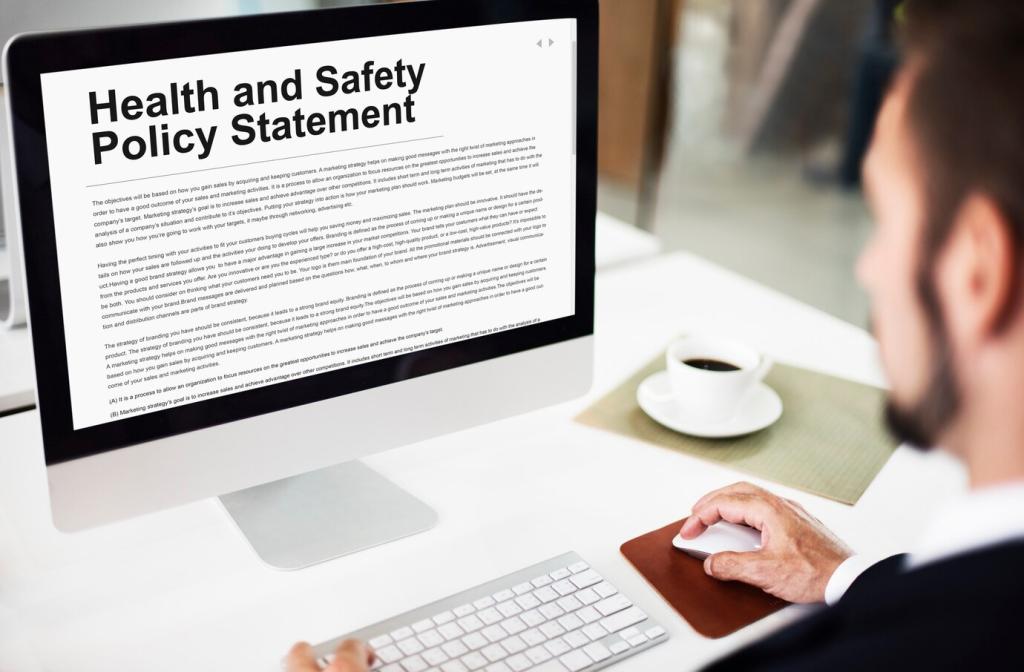
Navigating the Storm: Challenges in Financial Consulting Amid Regulatory Changes
Selected theme: Challenges in Financial Consulting Due to Regulatory Changes. Today we explore how shifting rules reshape advice, technology, client trust, and operating models—and what resilient consultants do to stay steady, credible, and valuable.

From crisis to complexity
In the wake of financial crises and market missteps, rules multiplied, deepened, and diversified across jurisdictions. Think of capital standards, conduct rules, disclosure frameworks, and distribution constraints converging. Consultants face a living ecosystem, not a single statute, demanding ongoing monitoring and firm-wide readiness.

Reading between the lines
Final rules rarely tell the whole story. Interpretive letters, supervisory speeches, Q&As, and enforcement actions reveal how regulators actually expect firms to behave. Skilled consultants triangulate these signals and turn ambiguity into workable processes, templates, and decision trees that withstand scrutiny and still serve clients.
Client Trust in a Rule-Heavy World
When a preferred product becomes unavailable due to new rules, frustration surfaces. Trust grows when advisors explain the rationale—conflicts, transparency, or liquidity concerns—and propose compliant alternatives. Clients value a guide who protects their goals while navigating guardrails, not a salesperson who merely says no without context.
Client Trust in a Rule-Heavy World
Documentation is not just survival; it is narrative. Suitability notes, disclosures, and consent records should narrate the client’s journey from needs to solution, with clear risk dialogues and trade-offs. Auditors recognize completeness, and clients appreciate seeing their preferences reflected consistently across meetings and market cycles.


RegTech: Booster Rocket or Ballast?
Automated surveillance, disclosure engines, and product governance platforms reduce manual friction. But technology only helps when workflows, ownership, and exceptions are defined. Start with the policy, map the process, then select the tool. Metrics should track real outcomes—reduced errors, faster reviews, and better client experiences—not just dashboard counts.

Cross-Border Advice, Crossed Wires
Same client, different rulebook
A portfolio that is lawful to market in one jurisdiction can require new disclosures, product labels, or distribution limits elsewhere. Consultants map client residency, point-of-sale requirements, and reporting timelines, then build playbooks. The goal is a coherent global strategy delivered through local compliance lenses that respect supervisory expectations.
One family office, three supervisors
Consider a family office with entities in three regions, each with unique conduct, AML, and suitability rules. The consultant created a master policy, then localized procedures, forms, and training. Central oversight ensured consistency, while local sign-offs ensured legitimacy. The client gained scale without losing regulatory credibility or speed.
Local allies, global consistency
Partners on the ground—legal counsel, tax specialists, and compliance consultants—translate nuance, culture, and unwritten norms. Establish shared templates, common risk taxonomies, and escalation protocols. Invite readers: which cross-border partnership saved a complex transaction for your client? Share the lesson so the community can benefit.
Advisory Models Under the Microscope
01
Evolving conduct standards demand evidence that recommendations favor clients, not distribution economics. Build checklists that map fees, complexity, and liquidity to client objectives. Embed pre-trade attestations and post-trade reviews. The message to clients is simple: your goals first, verified by process, monitored by objective metrics.
02
Regulatory pressure can squeeze out certain structures or fee models. Consultants curate shelves that balance transparency, governance, and performance profiles. They encourage clean pricing, robust ongoing due diligence, and sunset criteria. Invite discussion: which product governance practice most improved your shelf quality and client satisfaction this year?
03
Conflicts exist in every model, from soft-dollar benefits to distribution partnerships. The difference is clarity and control. Maintain a conflicts register, implement client-first decision frameworks, and disclose in plain language. Clients reward firms that make trade-offs explicit rather than pretend they do not exist at all.
